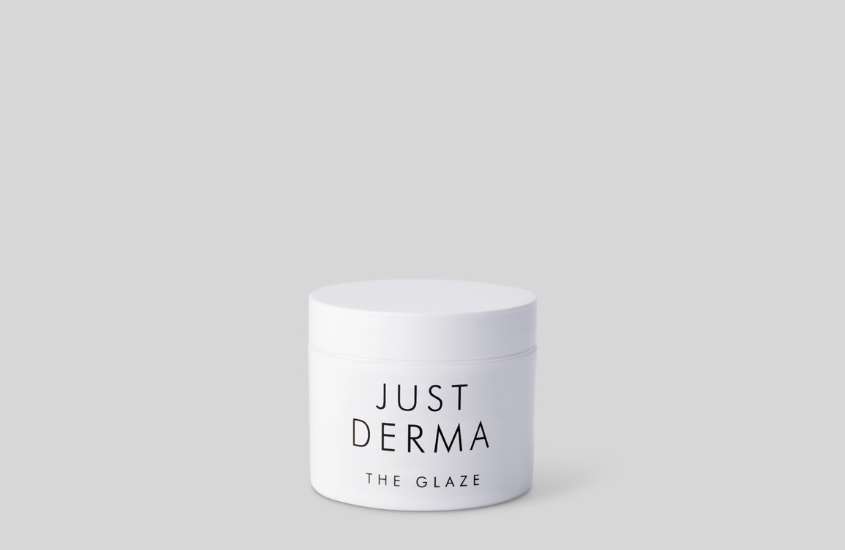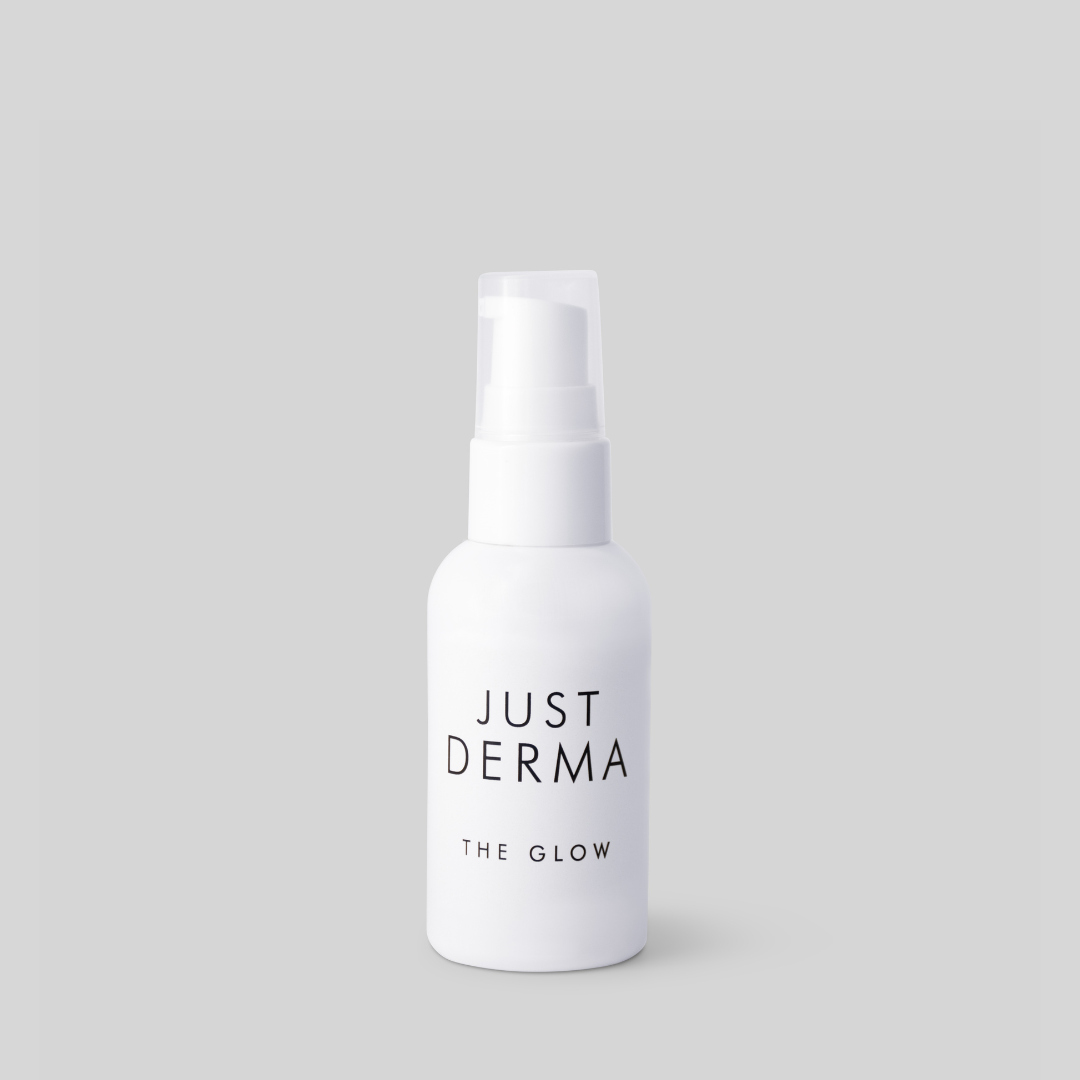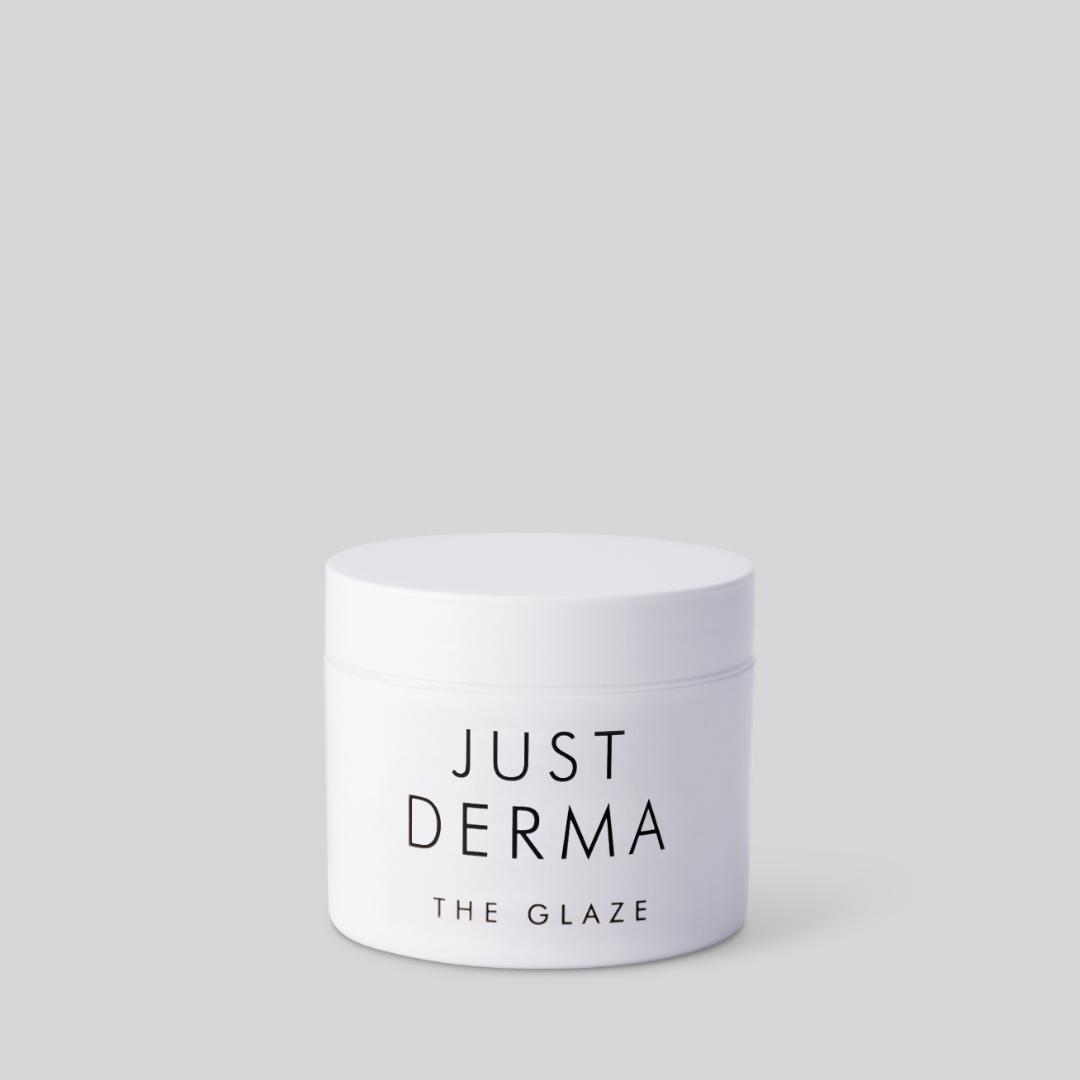LICORICE ROOT EXTRACT 10%
A powerful antioxidant that decreases reactive oxygen species, which discolor the skin. Inhibits the production of tyrosinase, in turn inhibiting the production of dark spots.
NIACINAMIDE 5%
A legendary all-rounder, fighting off internal and external stressors, preventing the transfer of pigment within the skin, and improving synthesis of healthy fats, all of which reduces dullness dramatically.
SUPEROXIDE DISMUTASE 0.5%
A highly specialized antioxidant enzyme that acts as the skin's first responder. It finds and neutralizes the single most damaging free radical, superoxide, the instant it forms, stopping the chain reaction of oxidative stress before it can begin. Henceforth, dullness, and unknown word.
ALPHA ARBUTIN 2%
Just like licorice root extract, alpha arbutin inhibits excess melanin production, faster and more directly. However, it pales in its ability to combat oxidative stress. The combined efficacy of both ingredients greets your skin with a glow like never felt before.
TRANEXAMIC ACID 3%
Inhibits melanin production by blocking plasminogen while alpha arbutin and licorice root extract block tyrosinase. Tranexamic acid specifically prevents new hyperpigmentation and discoloration from forming.







